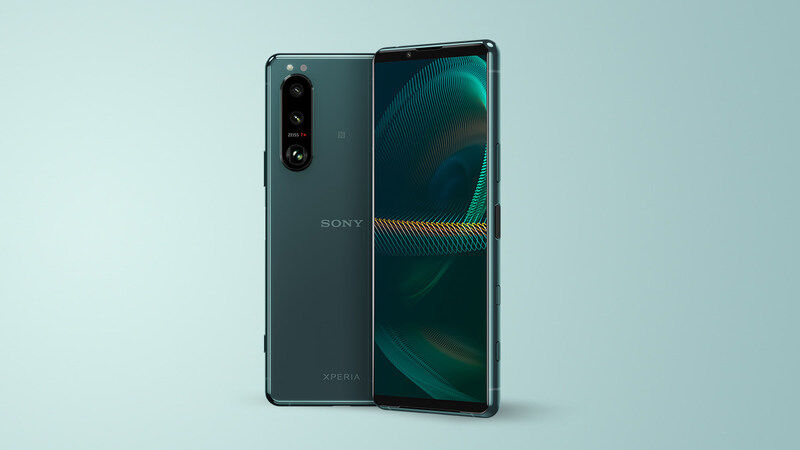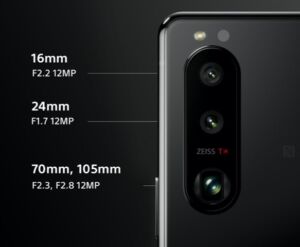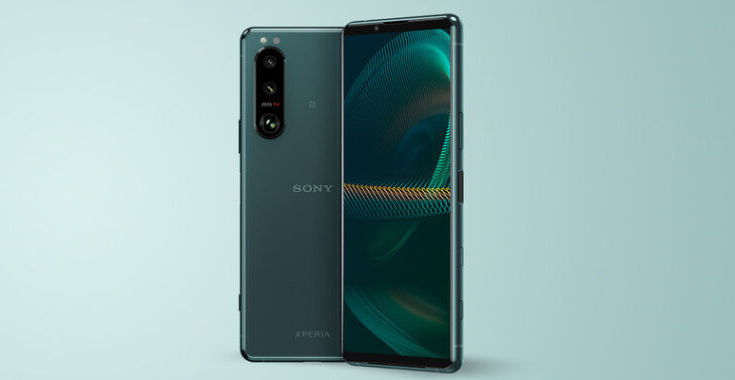
Sony is bringing a $1,000 flagship smartphone, the Xperia 5 III, to the US market. Calling the device “new,” however, is a bit of a stretch, as the phone was announced nine months ago.
As you’d expect from the price, the Xperia 5 III is a high-end flagship. It has a Snapdragon 888 SoC, 8GB of RAM, 128GB of storage, a 4500 mAh battery, and a 6.1-inch, 120 Hz, 2520×1080 OLED display. There are three rear cameras—a 12 MP main camera, a 12 MP ultrawide, and a 12 MP 3x telephoto. At just 68 mm wide, the Xperia 5 III is one of the most compact Android phones on the market. It has a very tall 21:9 display, but in terms of width, it’s only 4 mm bigger than an iPhone 13 Mini. Although it ships with Android 11, an Android 12 update is due sometime soon.
Sony
Sony definitely marches to the beat of its own drum when it comes to design. As usual, Sony’s phone is aggressively rectangular and has a handsome, minimalist look. The front bezel is a unique addition. Rather than a notch or a hole punch, Sony went with a big bezel to give the camera some room to breathe, making for an uninterrupted display. The company also put a big blank area on the bottom of the phone so the front would be symmetrical. Other nonstandard design decisions include a side-mounted fingerprint reader, a hardware camera button, a microSD slot, and even a 3.5 mm headphone jack.
For most US consumers, this release serves as their only reminder that Sony still makes smartphones at all. If you couldn’t tell from the long US delay, the company doesn’t target the US with its smartphone business. After seeing LG throw in the towel on Android after years of suffering, you have to wonder about Sony’s future in the market. Sony’s mobile division did post its first profitable quarter in a long time in April 2021, but the news is not all positive; the profitability was also on some of its lowest phone shipments in years. The division only managed to balance the books by cutting costs, and sales are still on a massive downward trend since 2014. Still, though, a compact Android phone is here if you want one.
Ars Technica may earn compensation for sales from links on this post through affiliate programs.



